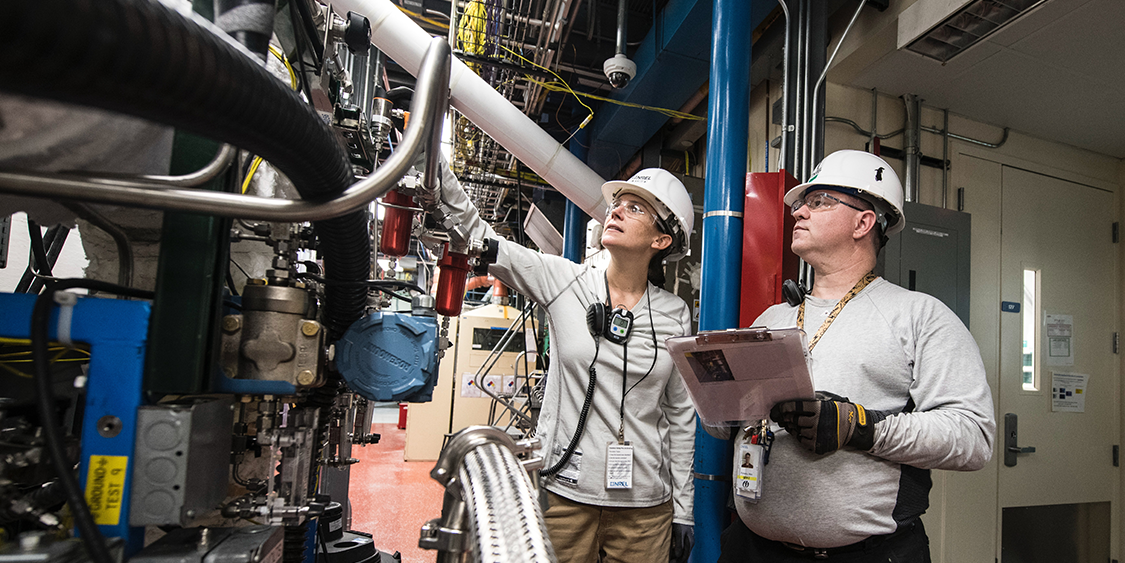
3-D printing has taken off in recent years. An additive manufacturing technique, it is the process of printing layers of material on top of one another to “grow” a product.
Product creation relies on computer-aided design (CAD) files. Stereolithography software reads the CAD file and uses a material such as paper, powder or metal to print the shape. The number of printing materials available is constantly growing and currently includes thermoplastics, edible materials, rubber, clay, porcelain, metal, ceramic powders, plaster, paper and even human tissue.
There are five unique printing processes:
- Selective laser melting or direct metal laser sintering: A laser is used to fuse together metallic powder into the desired shape.
- Selective laser sintering: Lasers are used to fuse together small pieces of material like plastic or metal into the desired shape.
- Fused deposition modelling: Plastic or metal wiring is unspun from a coil and printed in layers to create the desired shape.
- Stereolithography: Ultraviolet curable resin is laid down and built up, layer by layer. Ultraviolet light is shone on each layer after it has been put down to solidify the resin.
- Laminated object manufacturing: Layers of material are laid down and glued to one another and then shaped with a laser or knife.
The technology for 3-D printing has been around for nearly 30 years, but it wasn’t until fairly recently that printers and printing materials became an affordable option for businesses. Because of the high demand for the technology, the price dropped from about $20,000 in the 1980s to just around $1,000 today—leading to a rise in sales. And as the price dropped, creativity grew.
The Risks:
- Copyright infringement – CAD files that infringe on patents and design rights are already beginning to show up on the Internet. The piracy of digital design files will likely be widespread and difficult to police. Companies will need to insure themselves against this risk and find innovative ways to guard intellectual property.
- Compromised supply chain – Widely available CAD files means that compromised parts could enter the supply chain. Even if a company is not using 3-D printing in its own operations, it is still at risk of manufacturing products with defective or unsafe 3-D-printed components, and of being held liable for the resulting damage.
- Global public safety – Currently, no legislation exists to regulate 3-D printing, so anyone, anywhere can download anything. In 2012, Defense Distributed, a company based in the United States, created a CAD file for a 3-D printable gun. Soon after, the U.S. Department of Homeland Security called for the file to be taken down, but not before it had been downloaded by more than 100,000 people in places as far away as Germany, Spain and Brazil. There are more opportunities for obtaining banned products with 3-D printing.
- Ultrafine particles (UFPs) – A study was performed by a group of researchers from the Illinois Institute of Technology and the National Institute of Applied Sciences in Lyon, France, in which it was discovered that 3-D printers can potentially release one to four times the number of normal UFPs found in the air before printing begins. Without proper ventilation, these tiny particles can be inhaled by workers and possibly cause a myriad of health issues for them in the future. The amount of risk can depend on what materials are being used to build the 3-D-printed objects, but since this is such a new discovery, the extent of damage that these particles can cause is relatively unknown.
Find Out More:
Download a copy of our “Manufacturing Risk Insights – 3D Printing” guide to learn more about the 3D printing process and how it can help you manufacturing business operations:


